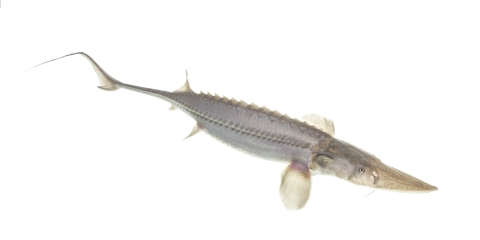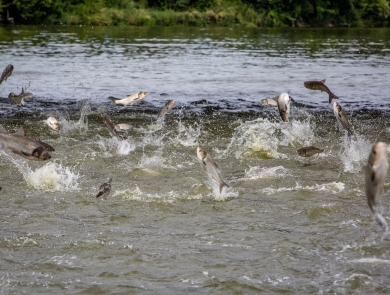About Us
The Missouri River Fish and Wildlife Conservation Office is part of a network of field stations located throughout the nation that works to conserve fish and aquatic resources. Biologists from the Arctic Circle to the Florida Keys work to restore native species, including protect imperiled species and their habitats; monitor and control invasive species invasive species
An invasive species is any plant or animal that has spread or been introduced into a new area where they are, or could, cause harm to the environment, economy, or human, animal, or plant health. Their unwelcome presence can destroy ecosystems and cost millions of dollars.
Learn more about invasive species ; evaluate native fish stocks and their habitats; and prescribe remedial measures to fix problems.
What We Do
A significant portion of our work involves the endangered pallid sturgeon and native fish of the Missouri River system. This work is accomplished by working closely and cooperatively with numerous State, Federal, and private stakeholders on native fish and river issues, as well as collecting broodstock broodstock
The reproductively mature adults in a population that breed (or spawn) and produce more individuals (offspring or progeny).
Learn more about broodstock for spawning, planning for augmentation, research on life history, and habitat requirements, protection, and restoration of habitats.





